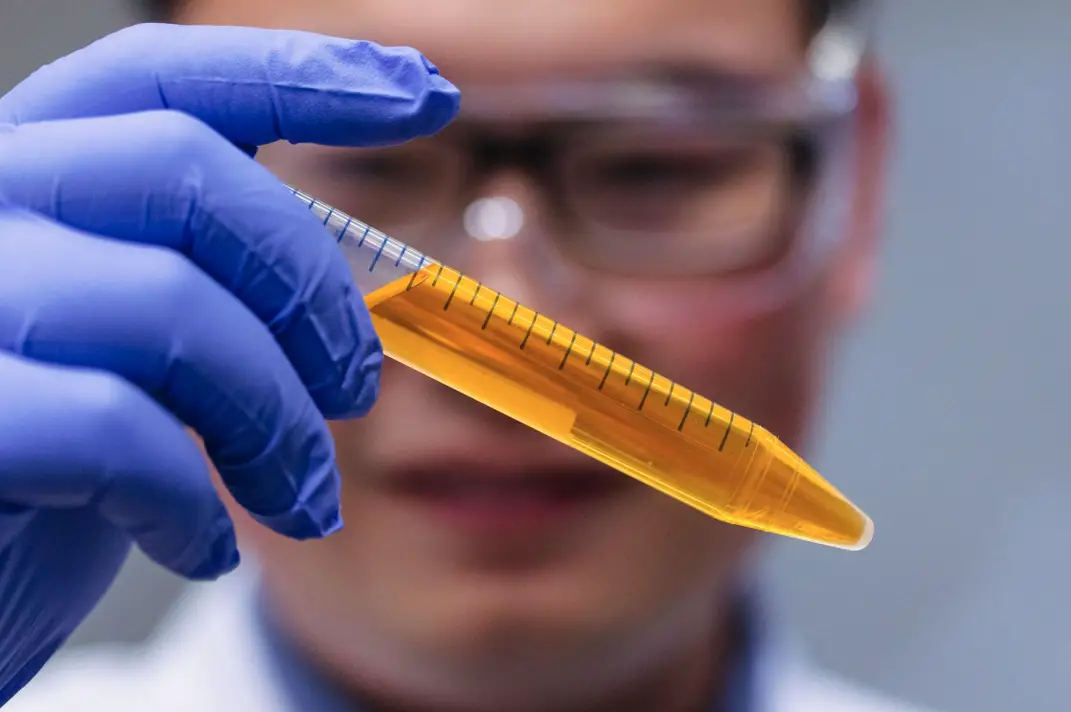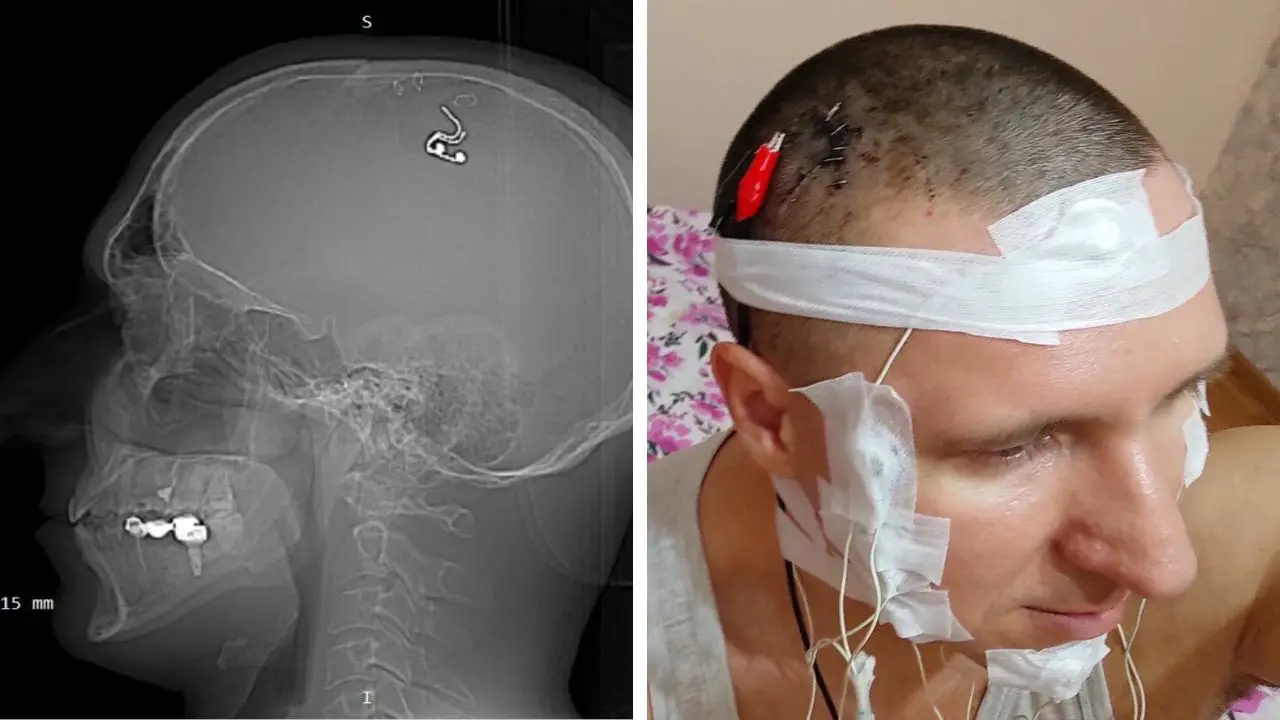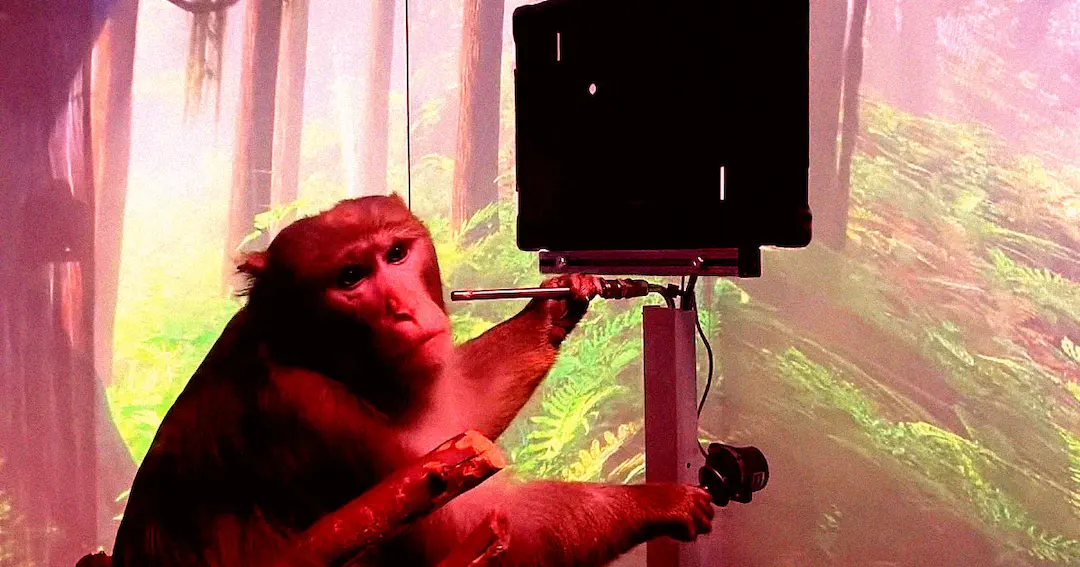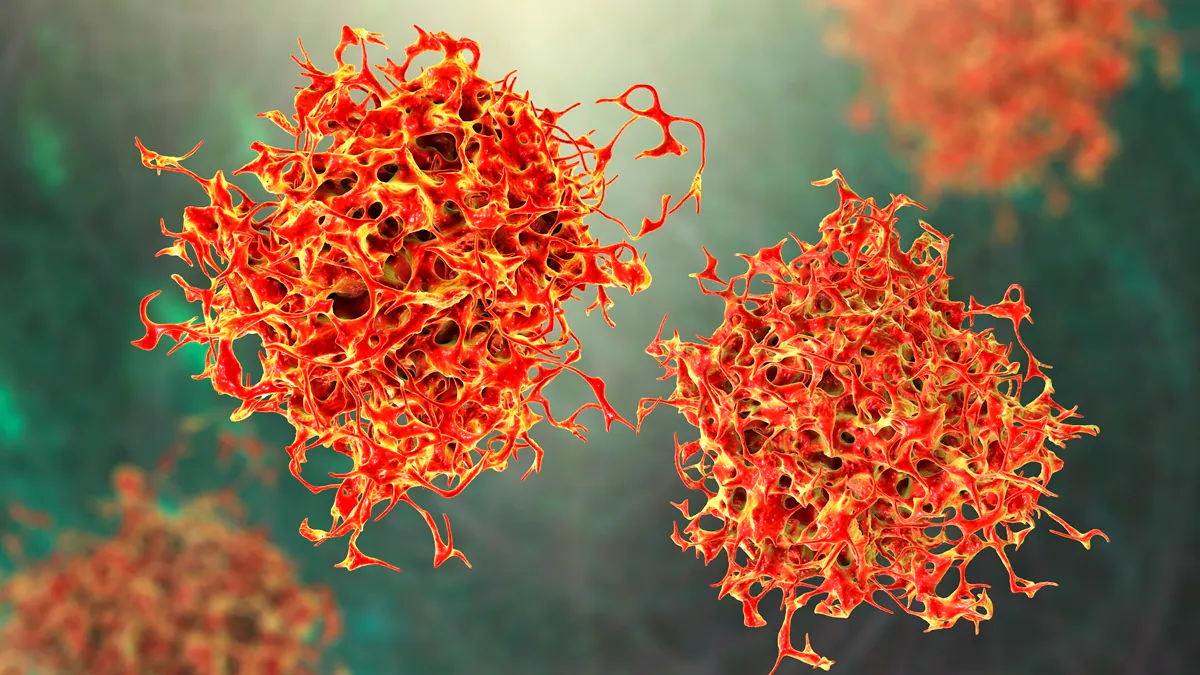Xenobots: Living Robots Designed from Frog Stem Cells – Can move, Self-Heal, and Reproduce

In a groundbreaking revelation, scientists have unveiled a never-before-seen phenomenon involving xenobots, living organisms crafted through artificial intelligence and frog cells.
This extraordinary discovery carries profound implications, particularly within the realm of regenerative medicine.
The xenobot, a programmable organism assembled from stem cells, has taken the scientific community by storm with its potential to redefine the boundaries of cellular engineering and self-replication.
| Xenobots are the world’s first living robots. | Designed with artificial intelligence and built from frog stem cells. |
| Xenobots are about the size of a grain of sand. | Capable of movement using tiny hair-like structures called cilia. |
| Xenobots can be programmed to perform various tasks. | Tasks include moving objects, delivering drugs, and pollution cleanup. |
| Xenobots can work collaboratively in groups. | They cooperate to achieve common objectives, such as herding cells. |
| Xenobots possess self-healing capabilities. | If damaged, they can repair themselves by regenerating new tissue using their stem cells. |
| Xenobots are capable of reproduction. | They reproduce uniquely by gathering loose stem cells in their environment and assembling them into new xenobots. |
Xenobots: Building Blocks of the Future
The genesis of these xenobots is nothing short of remarkable. Derived from the unaltered cells of the African clawed frog, Xenopus laevis, xenobots are meticulously constructed by combining these cells in varying arrangements.
This ingenious assembly process opens a new chapter in biological engineering, and it is masterminded by researchers from Tufts University, Harvard University, and the University of Vermont.
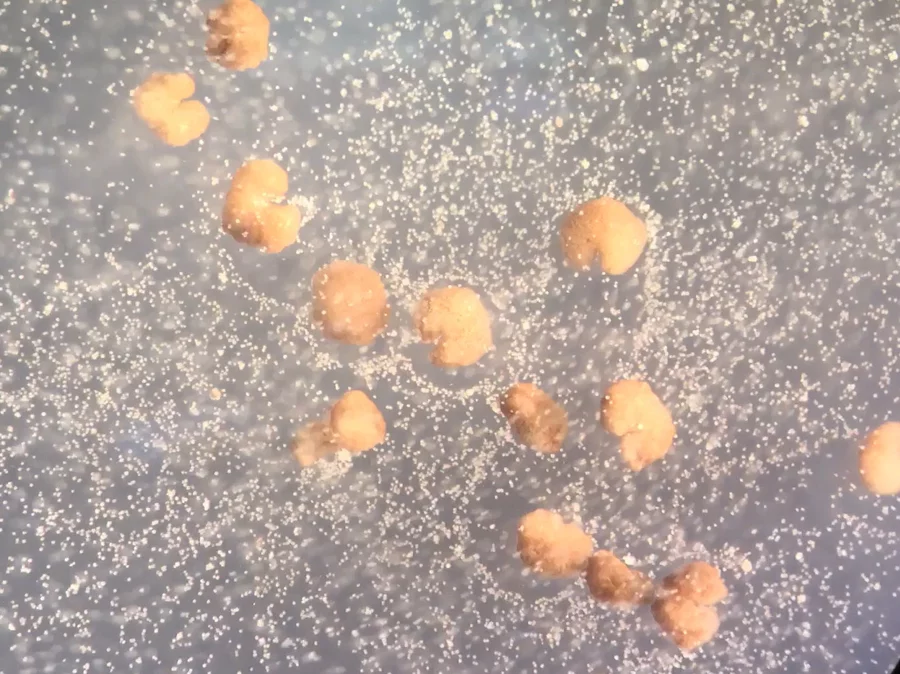
The Xenobot Propulsion Mechanism
At the heart of the xenobots’ capabilities lies a propulsion mechanism powered by minuscule hair-like structures called cilia.
Their distinctive corkscrew-like motion, akin to a Pac-Man, remarkably lends itself to efficient accumulation.
Artificial intelligence plays a pivotal role here, guiding the xenobots’ transformation into shapes optimized for gathering materials, such as other cells.
Kinematic Self-Replication: A Paradigm Shift
In a captivating twist, the researchers made an astonishing discovery when the xenobots collected loose frog stem cells: the gathered cells spontaneously organized into replicas of the original xenobots.
This process, named kinematic self-replication, is nothing short of revolutionary in the realm of living organisms.
While various forms of reproduction are well-known in biology, this newfound method distinguishes itself as an unprecedented marvel.
Under ideal conditions, it takes a mere five days to produce a replica, albeit in the less efficient spheroid shape.
Xenobots: The Organic Robots
Xenobots represent a bridge between robots and organisms, blurring the lines that once separated them.
While they lack brains and digestive systems, they are programmable in their own right.
This programmability holds the key to potential applications, ranging from corraling cells, as seen in this study, to a myriad of future possibilities.
A Noteworthy Historical Perspective
The concept of kinematic self-replication traces its origins back to the late 1940s, when mathematician John von Neumann proposed the idea of machines creating copies of themselves.
While past attempts with traditional robot parts had limited success, the fusion of living cells has unlocked the door to the facile realization of von Neumann machines.

Ethical Contemplations
As with any groundbreaking technology, ethical considerations inevitably surface. Nita Farahany, a scholar specializing in technology ethics, highlights the potential risks when harnessing life itself.
Unforeseen Consequences: Xenobots, designed for specific tasks, could inadvertently impact the environment or other organisms. For instance, xenobots meant to clean pollution might unintentionally disrupt ecosystems or harm different species.
Dual-Use Dilemma: Xenobots have the potential for both positive and negative applications. While they could be used to administer medication or address pollution, they could also be exploited to develop weaponry or engage in surveillance.
Moral Status: Xenobots straddle the line between living organisms and artificial constructs, leading to questions about their moral status. If they are deemed sentient beings, ethical responsibilities for their well-being may emerge.
Farahany contends that it is essential to carefully address these ethical concerns before deploying xenobots on a large scale.
She recommends the establishment of ethical guidelines for responsible xenobot development and usage, along with oversight mechanisms to ensure compliance.
Additionally, beyond Farahany’s concerns, other ethical considerations pertaining to xenobots include:
Transparency and Accountability: Ensuring transparency in xenobot research and usage is crucial. The public should be informed about these developments, and mechanisms should be in place to hold researchers and developers accountable for potential risks and harm.
Public Engagement: Given xenobots’ potential societal impact, it is imperative to involve the public in discussions and decision-making concerning their development and application.
The ethical dimensions surrounding xenobot development and utilization warrant careful examination.
Evaluating the potential benefits and risks of this technology is essential before proceeding further.
However, the researchers reassure us that xenobots remain dependent on raw materials and possess no capability for autonomous reproduction.
They can be controlled by managing the availability of loose stem cells and exhibit no propensity for genetic mutation or evolution.
A Glimpse into the Future
The future of xenobots brims with promise. Researchers envision a time when these tiny organic robots could be harnessed to serve humanity’s greater good.
They could be programmed to selectively target specific cell types or assist in the construction of regenerative medical solutions.
An Unexpected Revelation
The discovery of kinematic self-replication among xenobots raises profound questions about the nature of life and its possibilities.
In a dish, under carefully controlled conditions, a new form of replication has emerged. This revelation invites contemplation on the expected and unexpected facets of life itself.
In closing, the world of xenobots opens a realm of possibilities that transcends the boundaries of conventional understanding.
The path ahead is uncharted, but one thing is certain: the xenobots have taken a monumental stride towards reshaping the future of science, medicine, and beyond.

















